
Welcome to GR Online, a series of short-form articles that take aim at the moving target of contemporary culture as it’s whisked along the guide rails of innovations in digital media, globalisation and late-stage capitalism.

The outsider
This series of mine features two traveling companions in fantastical landscapes, on the way to somewhere. The intention, destination and origin of their excursion are deliberately undisclosed and left to interpretation. I was drawn to depictions of the horse and cat specifically for their status and history as companion animals. I was also interested in the literary tradition of using these specific animals as placeholders and repositories for human characteristics, the horse often being loyal, determined and heroic and the cat often being independent and uniquely intelligent but prone to caution. For me these paintings are about the journey and what is required to undertake such a feat.
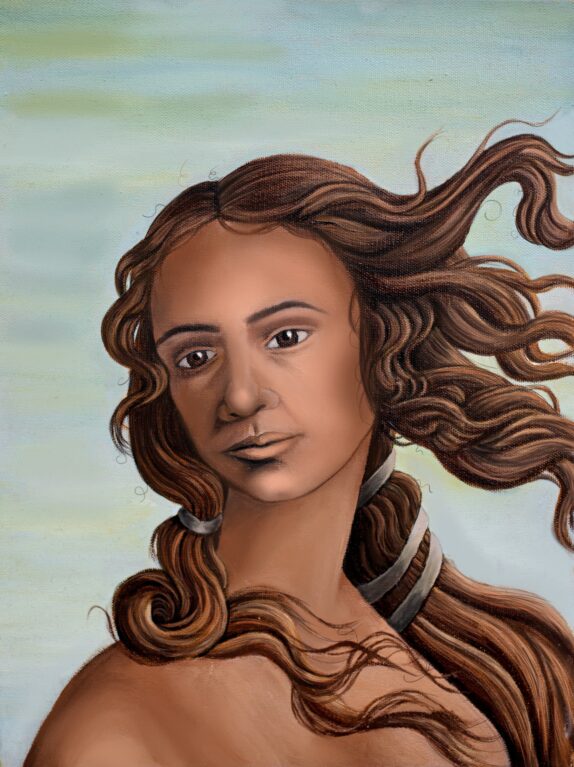
The art of appropriation
A lot of the time, art students will copy the old masters to get better at painting and fix their technique. So I thought, I’m going to give this a go and copy Botticelli’s The Birth of Venus – and while I’m at it, I’m just going to make Venus brown and make her look like someone I know. I didn’t really have words at the time to say why I was doing that – I was just drawn to it.
That was almost ten years ago – I’ve continued to [create those paintings], and now I have more words to explain why. When I was doing my degree, I saw a lack of Aboriginal people being depicted in paintings in a positive light. Say I had an assignment and I had to look up work by Aboriginal artists – it was mainly traditional art [with a few exceptions], like Gordon Bennett and Vernon Ah Kee, but nothing that I felt really represented me as a young Aboriginal girl who didn’t grow up on Country. So I tried to find a way to connect to Culture, but I wasn’t taught how to do traditional Aboriginal art, dot painting or Wiradjuri painting, so I thought, ‘This [re-creation of famous works] will be my style.’
My master’s is based on the Aunty Collection and the ideas behind it. It delves into the history of how Aboriginal people have been represented: what creates a representation of someone, what goes into it, how society responds and how that shapes the way we’re seen today.
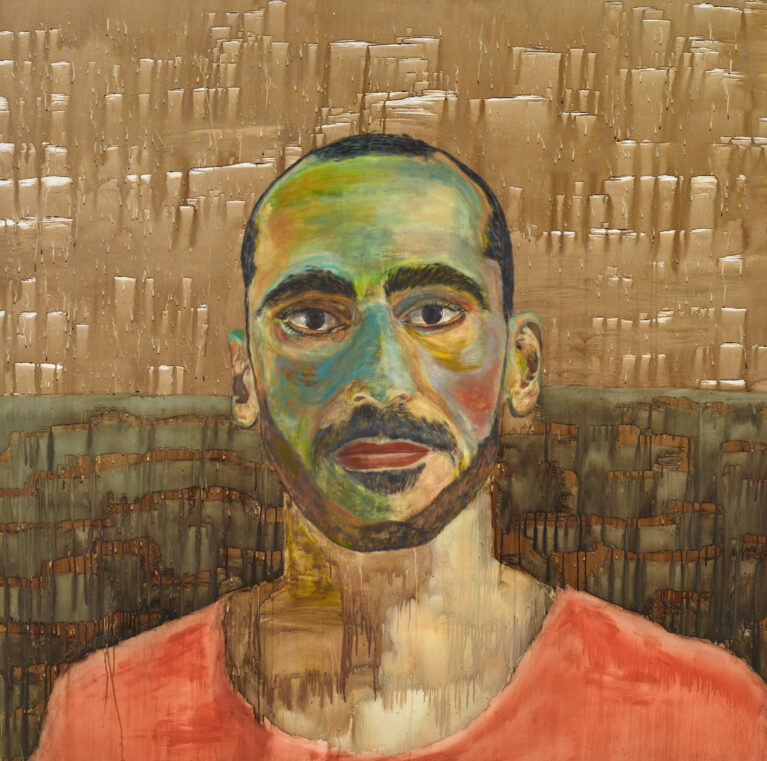
Painting behind bars
Every time I grab a toothbrush, it makes me smile that [this all began] at Manus. I mean, this technique comes from suffering. This is not from university. I am forbidden from studying or getting a qualification here, but sometimes we can learn from suffering. I am managing to heal my trauma [with] painting. Whenever I feel sad, I paint. Whenever I feel happy, I paint. It’s like a treasure, how can I explain it? It’s invention, it’s something that hasn’t happened before. Everyone uses a toothbrush, but when I paint with a toothbrush I feel it helps me understand that my work, the marks I make, are very unique. It brings the story back. I don’t want people to forget about the story because I don’t want to escape from who I was, who I am. I would like to share the truth that this happened to me.
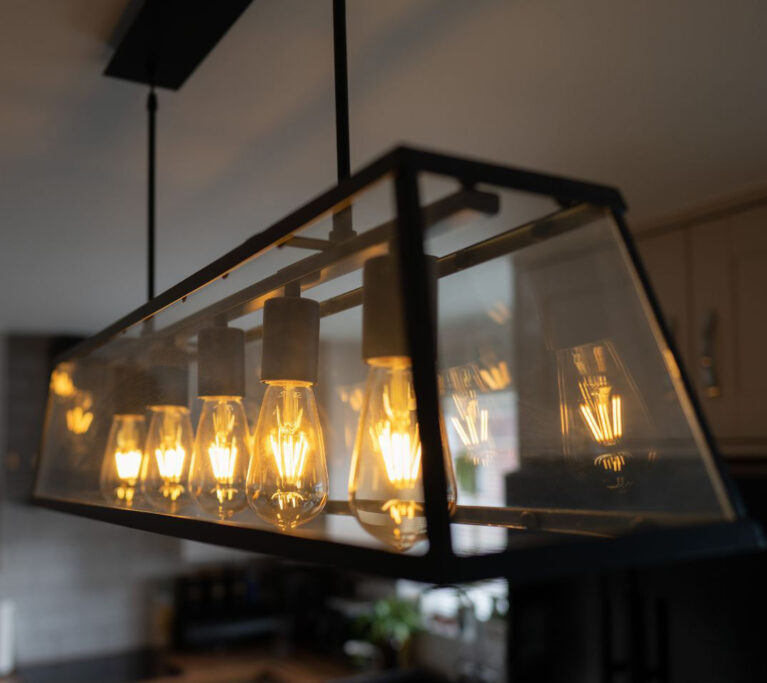
Dining in
The intimate, private setting naturally creates a close connection between the chef and diners, making it easier for the chef to share the stories, heritage and traditions behind each dish. For diners, the cosy, welcoming atmosphere makes them feel as though they’ve been invited into a friend’s home. From a business perspective, a home-based restaurant comes with fewer overhead costs, such as rent and wages. This allows me, as the business owner, to deliver high-quality food at a more affordable price, as these expenses are not factored into the food cost.
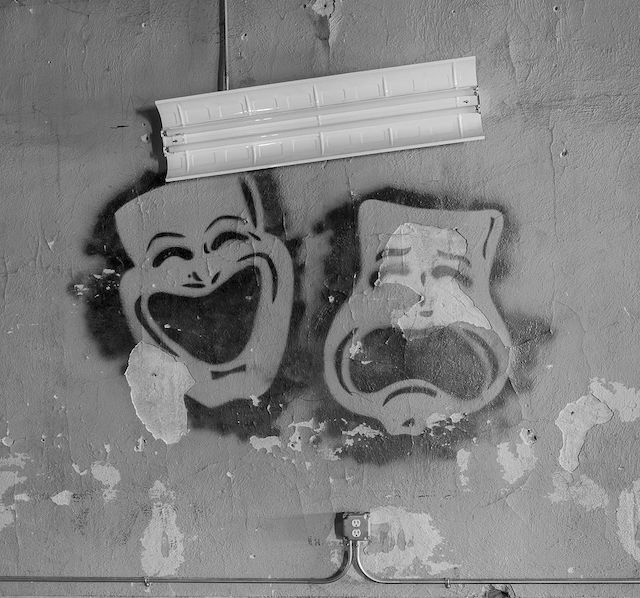
On the contrary
I think it’s just [about] really trying to put yourself in the pain of the person you disagree with most. I think that’s the trick. If you put yourself in that place where you really understand why they think the way they think and why they behave the way they behave, that it comes from this pain they have – once you put yourself there and you start writing jokes, you have a different kind of freedom, and I think that comes from compassion.

Through the looking glass
My research and practice centres on the home as an ideological, political and economic contradiction. Images and screens and consumer, decorative and utilitarian objects all function in the home with a level of deceitfulness. Aside from their utility or aesthetic pleasure, these images and objects enter the home with ulterior motives, as they are key to the dissemination of the neoliberal agenda…
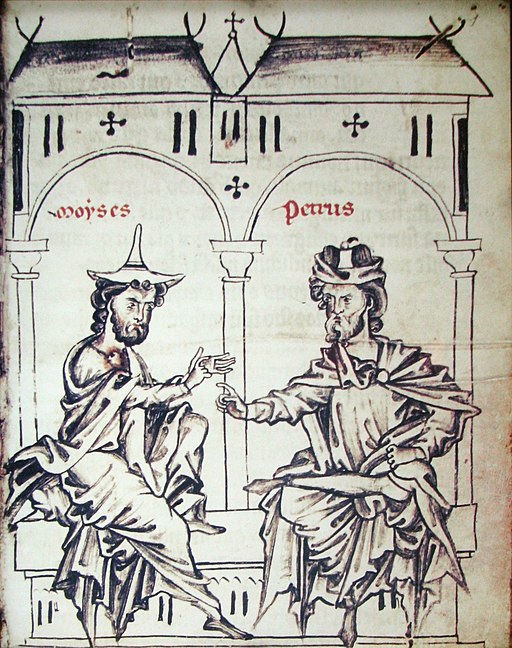
Up for debate
Debate emphasises different ideals. You are forced to argue for positions you don’t believe and, regardless of your stance, you learn always to consider the opposing perspective. That is quite literal: after preparing your case, you turn to a different sheet and write the four best arguments for the other side or mark up your argument for its flaws and inconsistencies. Paper and pen. That is countercultural at a time when we expect a tight nexus between speech and identity, and I think there is something to be gained from such role-play.
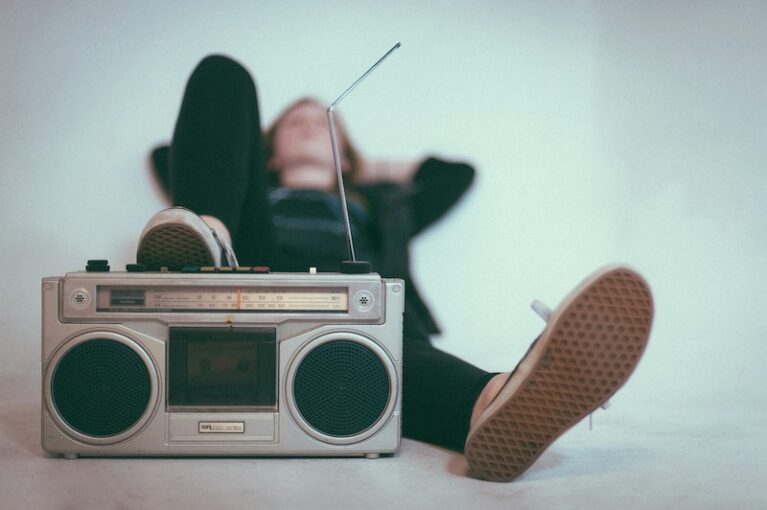
The great divide
In the ’80s, and maybe the early ’90s, fashion was a political statement just like art was…and real art wasn’t about selling out or succeeding in a mainstream context; it was the opposite. The whole idea was that you didn’t want to conform. Anyone who was trying to make money off your art or helping you make money was corrupt or compromised. The last thing you did as an artist or a writer in the ’80s was self-publicise – it was so naff, it wasn’t done. Street cred was what mattered. And I’ve been watching, with social media and the internet, this 180-degree shift over the last few decades.

Put your house in order
For me, collage is about relationships. I’d written the poem using Cicero’s first speech but sensed there should be something more. And I was just so in love with the Latin text on the left-hand side of the book that I wanted to do something with that. I spent some time going through my book collection, stumbled upon Australian Housing in the Seventies and made the connection.
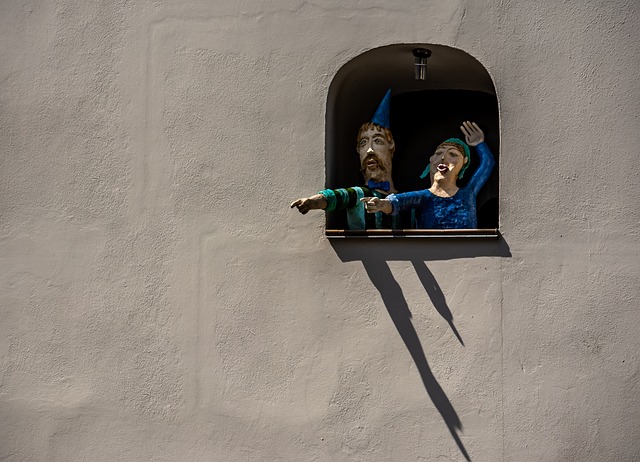
It takes two
Most actors and painters and writers have got this strange combination where the public looks at them and thinks, Oh, I see that person on film all the time; they must be doing so well, and then if you get to know them you know that the last time they worked was four years ago. That’s a writer’s life.

Ask me anything
You don’t ever want to go so off the rails that you encourage somebody to blow their life up thoughtlessly. It was always helpful to remind myself, ‘The most I can do is offer someone a useful suggestion that they will consider. They still have to make their own decisions based on how they want to live their lives.’ If you take yourself too seriously in that position, you feel like, my God, I’m responsible for the wellbeing of all of these strangers, what if I mess up?
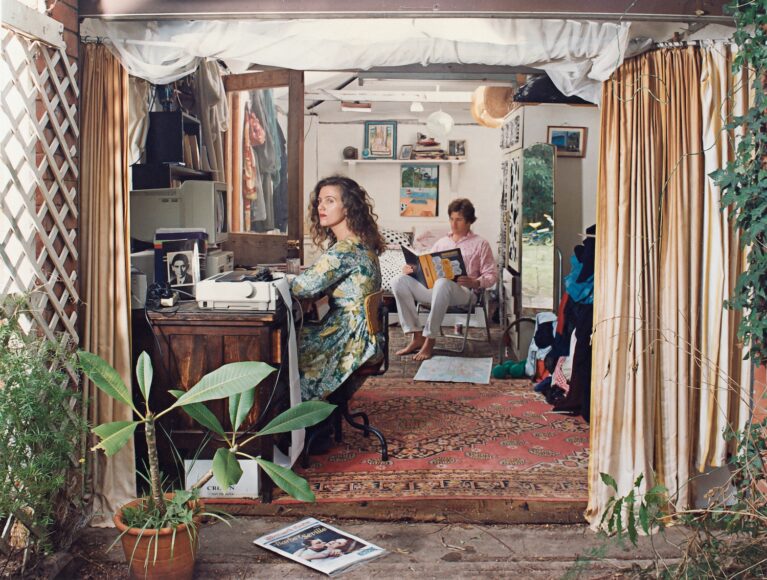
The comfort of objects
Objects can be powerful mnemonics that connect us to stories and the places they were acquired. I have always had an interest in the things we collect and the way we arrange them in our homes. Being an artist, I like to create a place for these objects – an installation of sorts – within the domestic space, for my pleasure and for those who visit. The objects that appear in Open House are still lifes that the sitter interacts with and gives reason to their being.